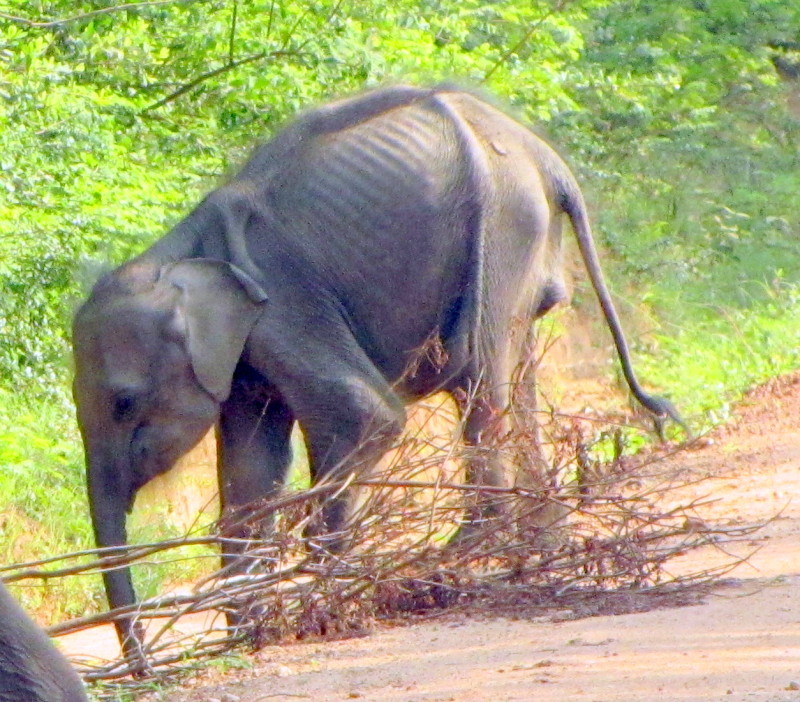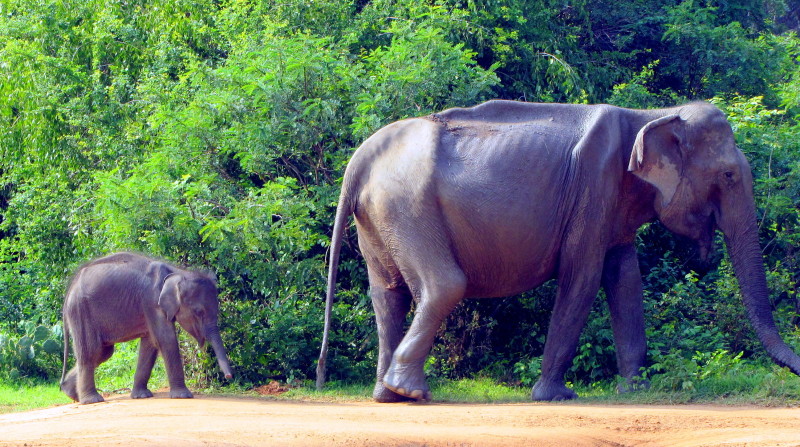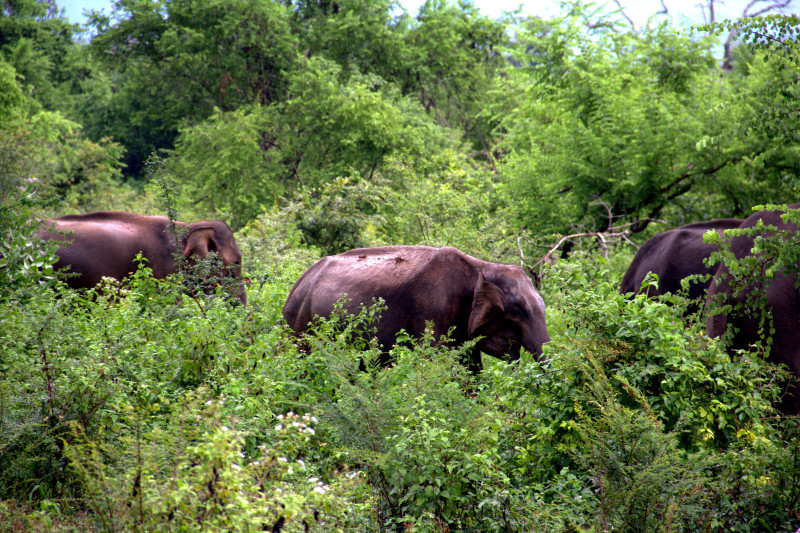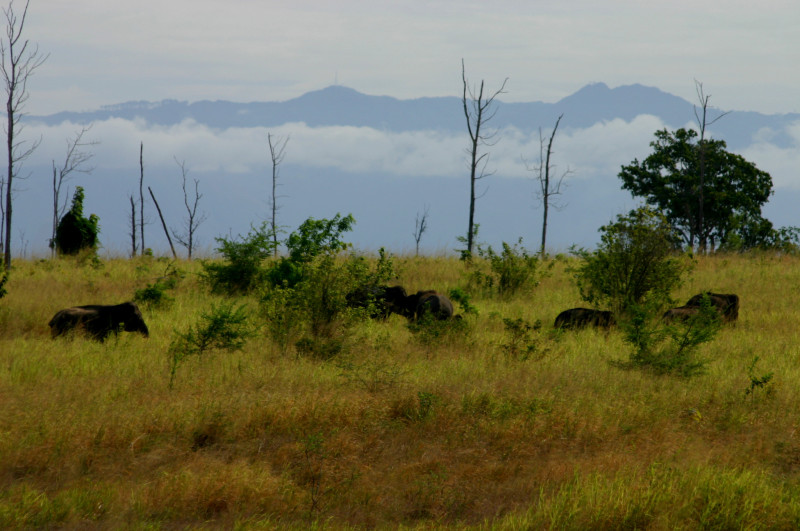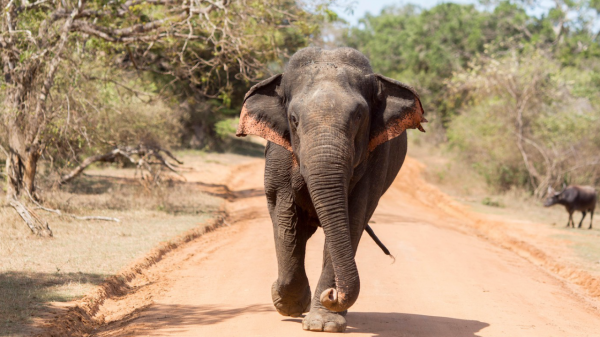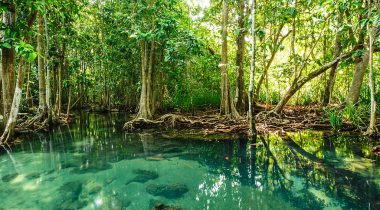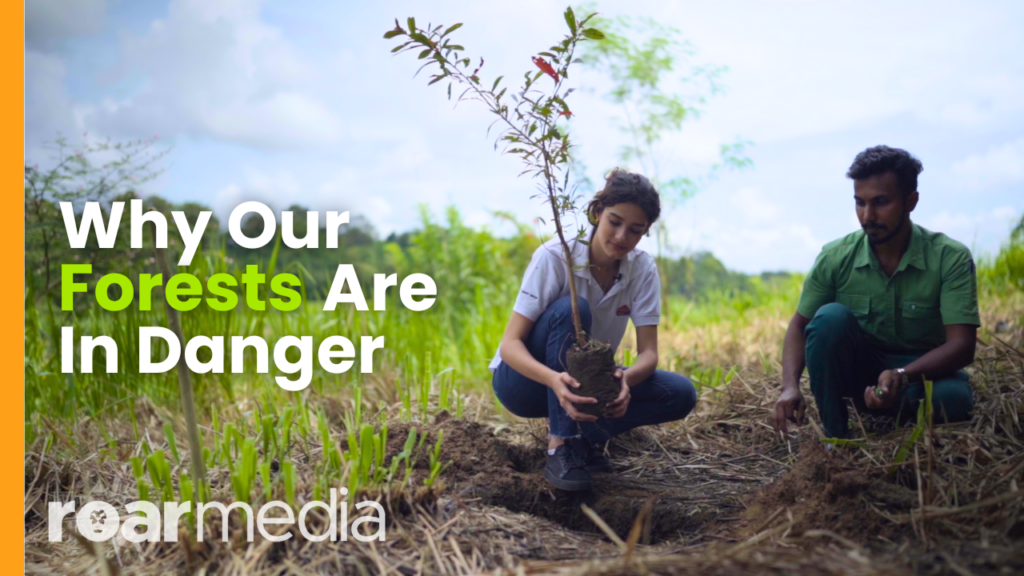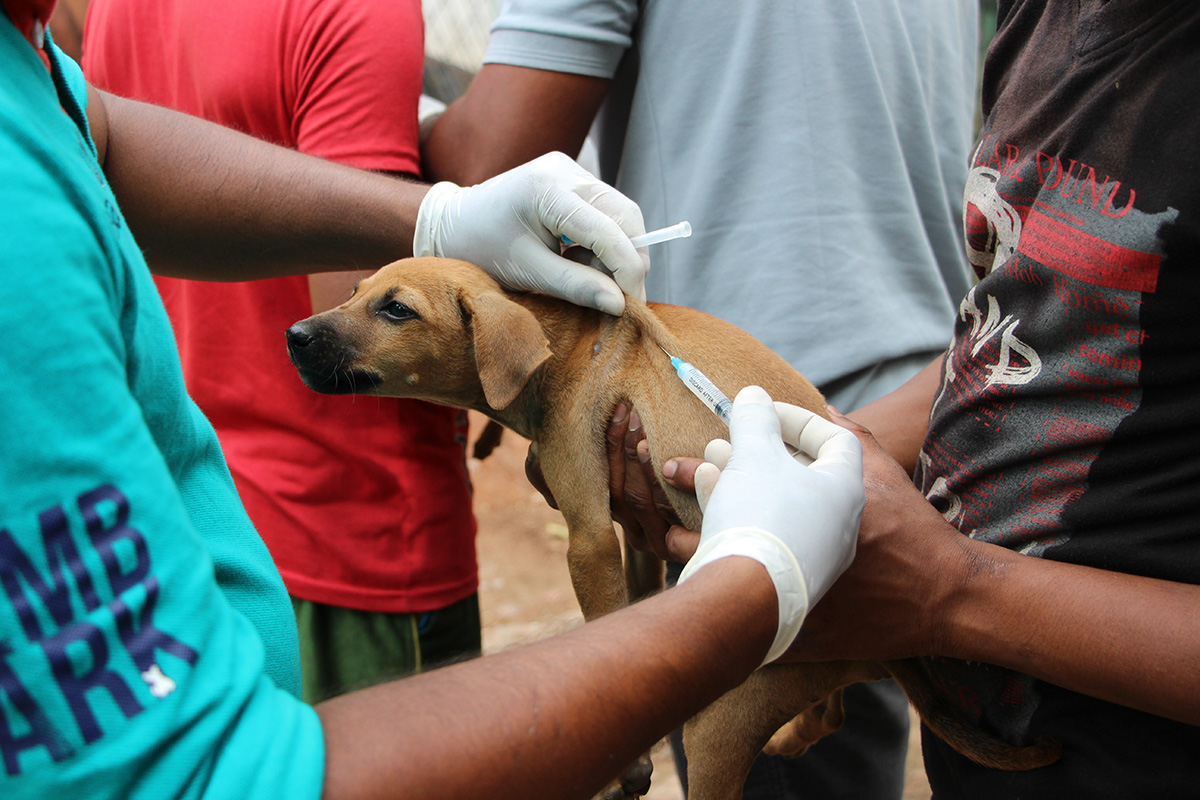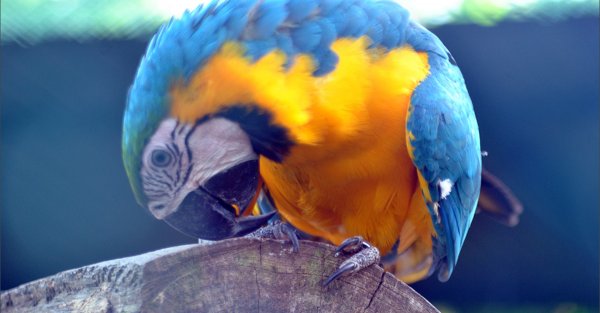
Sri Lanka is known for its elephants and elephant safaris – and for good reason. Sri Lanka has the highest density of Asian elephants in the world. Yet, the sad truth is, apart from being endangered and under constant threat, Sri Lankan elephants are also facing starvation.
How Did This Happen?
Dr. Prithiviraj Fernando from the Centre for Conservation and Research (CCR) explained that the issue is compounded mainly due to elephants being confined to certain delegated areas.
“People think that the best place for elephants are forests. But going by the ecology of elephants, the biggest issue an elephant faces is food,” he said.
An elephant requires 100 – 300 kgs of food daily and eats for about 17 – 19 hours a day. Most mature forests, however, cannot provide the volume of food a large number of elephants require to survive. Although generalist feeders, elephants, for the most part, prefer grass as other plants have evolved survival mechanisms such as poisons or thorns. But the grass which elephants prefer, Dr. Fernando explains, is found only in particular seasons and in particular areas.
“There is very little food for elephants in undisturbed forests. When we drive and restrict elephants to parks, often the elephants are confined to areas where they cannot get the food they need,” he said.
The Problems With Conservation
The reason that elephants are confined to wildlife parks, Dr. Fernando explains, is an attempt to mitigate the human-elephant conflict and protect the elephants. Yet, he notes, parks with mature forests are not ideal habitats for elephants.
“Most parks are poor elephant habitats,” he said, adding that there is also the problem of the park’s carrying capacity, which makes it difficult even for the elephants already inside the park when elephants from outside the park’s boundaries are forcibly added to the population.
“Even elephants that were protected within the parks are now suffering because of the additional population we are pushing in. This is a major issue from a conservation perspective and has still not been realised,” he said.
Citing Lunugamvehera, Tabbowa and even Yala as good examples, Dr. Fernando asserted that human activity has driven and fenced the elephants in, and elephants in those parks are now starving.
The elephants in Udawalawe, meanwhile, are starving for different reasons entirely.
“These elephants, too, were pushed into the park but it was a good area because of its grasslands,” he said.
Udawalawe now, however, is in the process of natural succession – the grasslands of Udawalawe are currently in the natural process of growing back into forests.
“As a result, elephants are finding it harder to get food, and the fences on the park boundary prevent them from accessing forest areas outside where there is food,” he explained.
A similar phenomenon of succession will take place in Maduru Oya and will result in the same dilemma, said Dr. Fernando.
Why Have We Been So Slow On The Uptake?
This is a picture most of us miss because the process isn’t swift enough to be immediately noticed.
Dr. Fernando noted that the elephants starve, “but they starve very slowly; therefore, it isn’t immediately obvious, and with time, their health, body condition and reproduction decline, leading to a population decrease,” he said.
“In Yala, for example, this problem has been occurring since 2004. The juvenile elephants are hardest hit. We see older elephants and infants but very few intervening age groups of elephants now. Elephant populations are slowly taking a crash.”
What Can Be Done?
The simplest solution is letting elephants continue to inhabit areas outside the parks, in Forest Department areas, where they can find plenty of food.
“What we need to do is maintain the number of elephants we have, rather than try to increase the number,” Dr. Fernando said.
It is critical that elephants outside the parks continue to live in these areas, he said, adding that 70% of Sri Lanka’s elephants live outside the Wildlife Department’s Parks and should continue to do so.
“We are only creating more problems by trying to limit elephants to the parks,” he explained.
Yet, what about the human-elephant conflict which created the drive for elephants to be ‘protected’ within the boundaries of the parks? According to Dr. Fernando, all comes down to perspective
“The conventional approach to conservation doesn’t work, especially in a situation like ours,” he said.
“Most of the elephants live in the dry zone of Sri Lanka and most of the landscape features in these areas are anthropogenic. The numerous water tanks and seasonal cultivation are classic examples. Animals have adapted to these systems over millennia and now, suddenly, we put a fence around them and decide to ‘let nature take its own course’. Naturally, things take a different trajectory. We need to make informed choices and incorporate ecology into elephant management. Over the years, with more and more areas being opened up for development, things have changed a lot, but our approach hasn’t.”
There needs to be a shift in perspective – rather than viewing the human-elephant conflict as a conservation problem, Dr. Fernando said, it needs to be looked at as a development problem.
“If we continue to look at it as a conservation problem, then we cannot solve it. The human-elephant conflict is a result of development, not conservation, and the development sector has the funds and the network to address this issue; the conservation sector doesn’t,” he said.
According to the 2011 census conducted by the Department of Wildlife Conservation, there are around 5,879 elephants in Sri Lanka, almost one-fifth of the global Asian elephant population. However, while there are numerous efforts to conserve our elephants, we also need to take a step back and question the effectiveness of these conservation efforts particularly if we inadvertently starve them in an effort to protect them.
Images courtesy Dr. Prithiviraj Fernando
